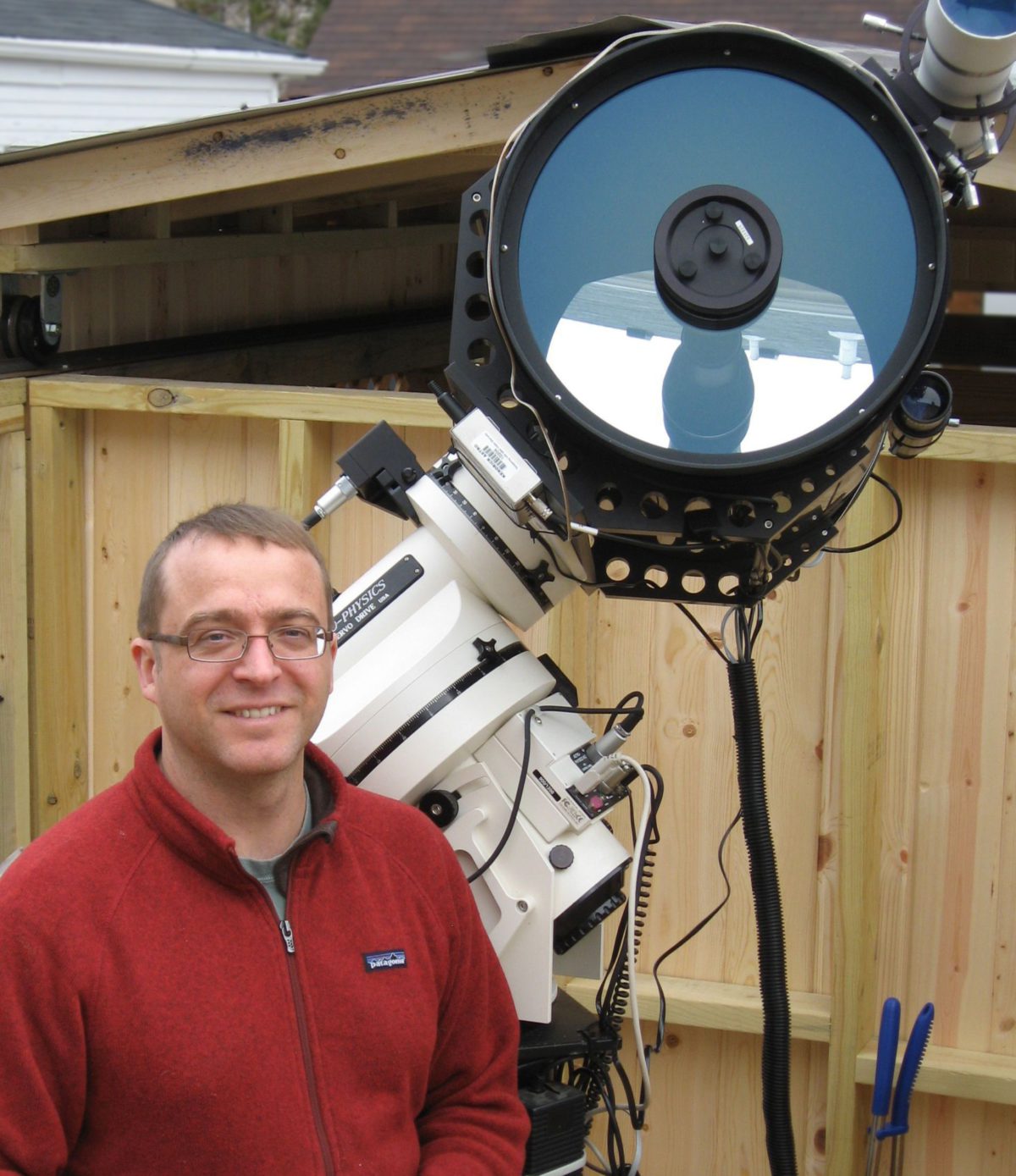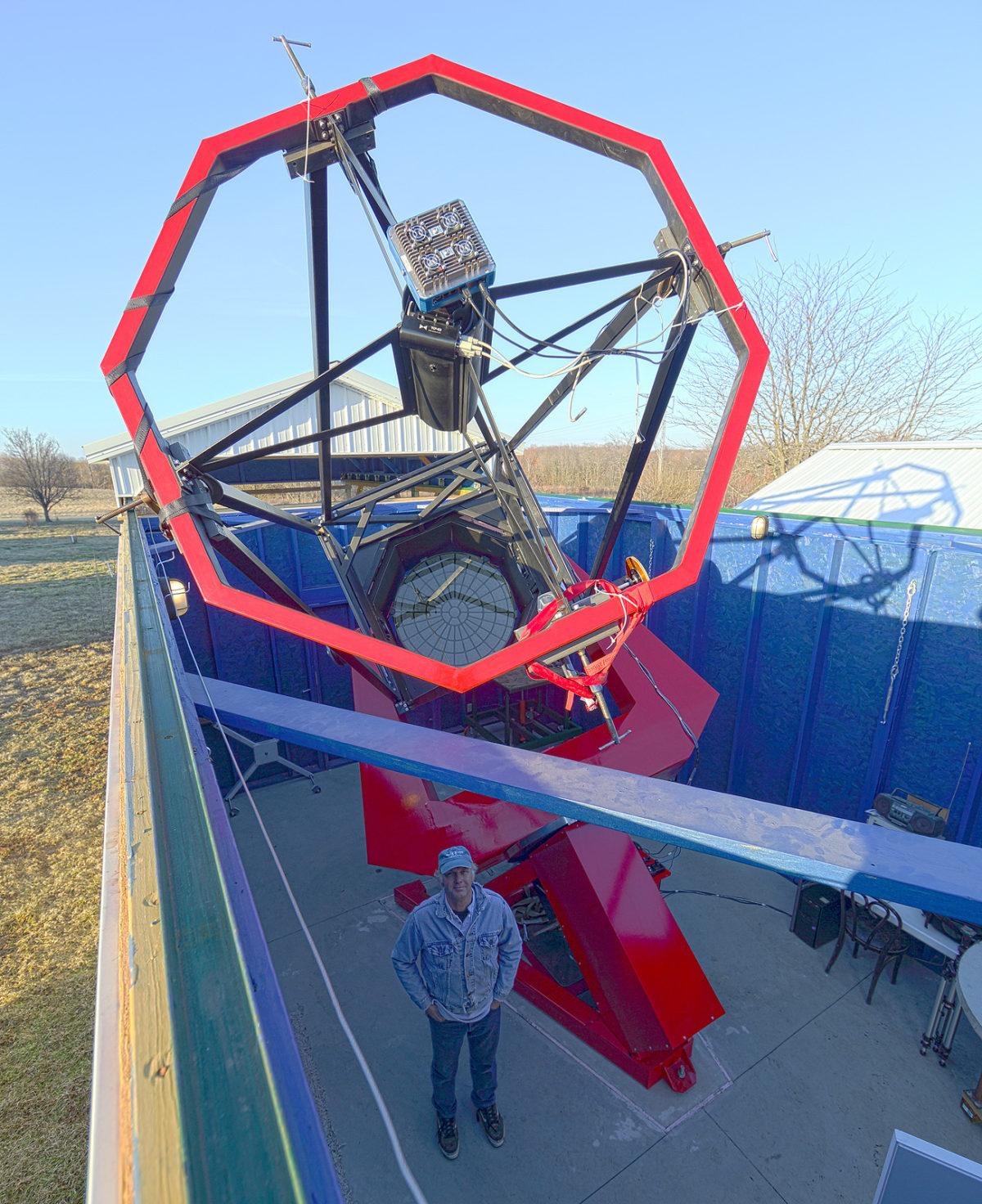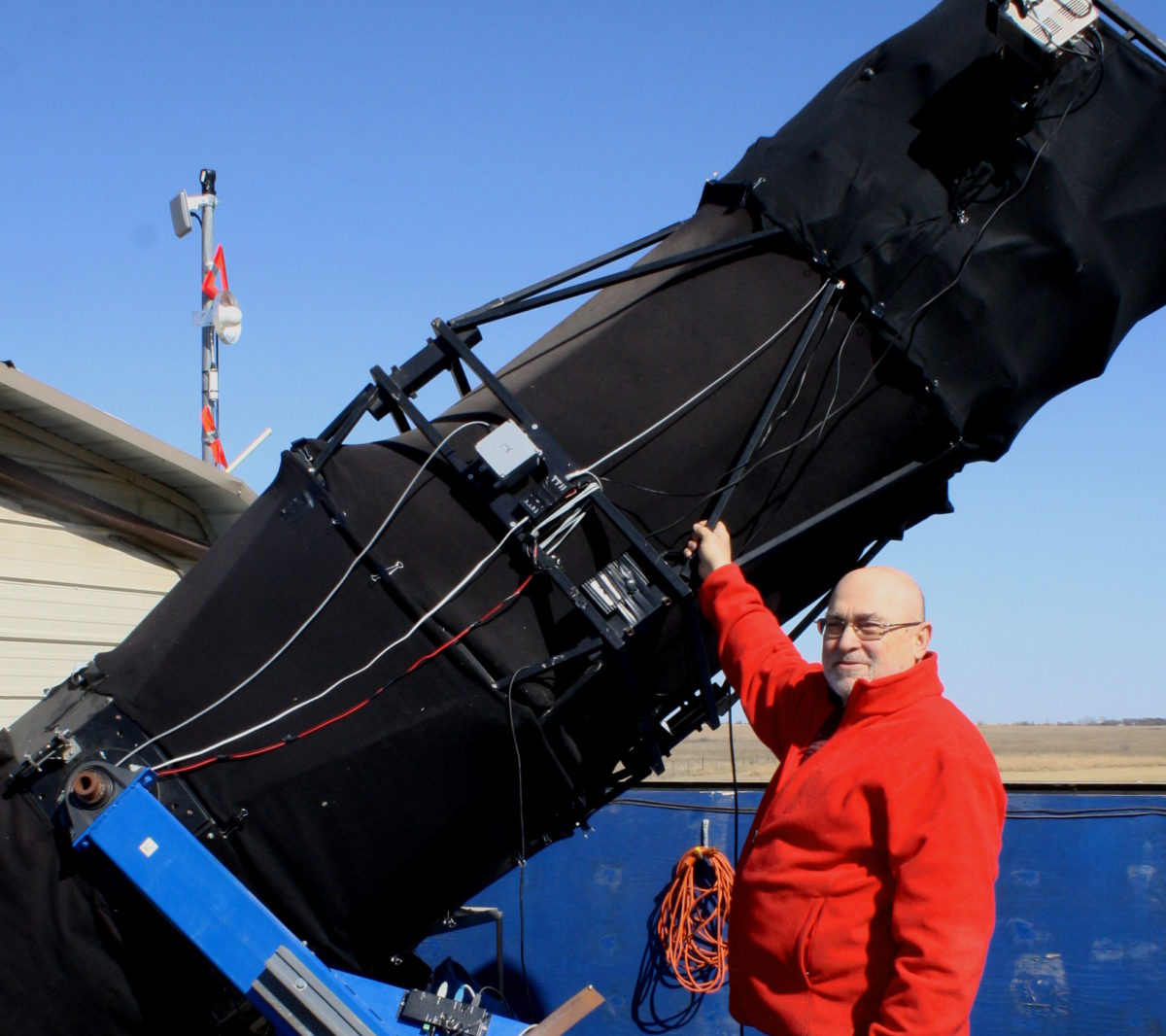Bruce Betts • Apr 27, 2009
The 2009 Gene Shoemaker NEO Grant Recipients
The 2009 Gene Shoemaker Near Earth Object Grants totaled $18,300 (US) and were announced on 27 April in Granada, Spain at the 1st IAA Planetary Defense Conference. They were awarded to three amateur astronomers and researchers:
- Russell Durkee, Minnesota, USA;
- Robert Holmes, Illinois, USA;
- Gary Hug, Kansas, USA;
The winners and their projects were selected from a group of 12 applications from researchers in 8 countries.
Russell Durkee of the Shed of Science Observatory in Minnesota, USA, is a well-established observer of asteroid lightcurves. Durkee proposed to automate the Shed of Science Observatory, established in 2004, to allow him to run more nights and triple the productivity of his NEO photometry program. His work to date has included a strong element of student and public mentoring. Durkee’s award of $3100 will be used to purchase a computer, control board and software, and a cloud sensor necessary to fully automate the operations of the observator.

Robert Holmes of the Astronomical Research Institute (ARI) in Illinois, USA, is the first Shoemaker-NEO two-time winner, having already received an award in 2007. This year he will receive $7000 in funding to purchase a new CCD camera to go on one of several telescopes (0.6-m, 0.8-m, and 1.2-m) to be commissioned in 2009. Holmes is a well established observer and the Society’s first repeat Shoemaker NEO grant awardee. His observing site is one of only a few that can reach to the very faint magnitudes necessary to do follow-up astrometric observations of fainter detections that will come from Pan-STARRS and other deeper NEO surveys in progress.
Holmes's ARI also sponsors the "Killer Asteroid Project" that engages students in schools, colleges, and universities in making measurements of NEOs. As of April 2009, 900 students in 13 countries have contributed 8000 different measurements.

"A number of years before his death I had a chance to talk with Clyde Tombaugh" Hug said, recalling his encounter with the Pluto discoverer who started out as an amateur observer. "I came away with an idea of how he did his research: 'with dogged determination.' I try to keep that in mind at 3:00 am."
An international advisory group recommended the candidates to receive the
grant awards. The advisory group includes Planetary Society NEO Grant
Coordinator Daniel D. Durda of the Southwest Research Institute; Alan
Harris, Space Science Institute; Petr Pravec, Ondrejov Observatory,
Czech Republic; Tim Spahr, Harvard Smithsonian Center for
Astrophysics-Minor Planet Center; and Duncan Steel, QinetiQ, Canberra,
Australia.
Gene Shoemaker Near-Earth Object Grants
The Planetary Society's Shoemaker NEO grant program funds advanced amateur astronomers to find, track, and characterize potentially hazardous near-Earth objects.
Support our core enterprises
Your support powers our mission to explore worlds, find life, and defend Earth. You make all the difference when you make a gift. Give today!
Donate

 Explore Worlds
Explore Worlds Find Life
Find Life Defend Earth
Defend Earth



